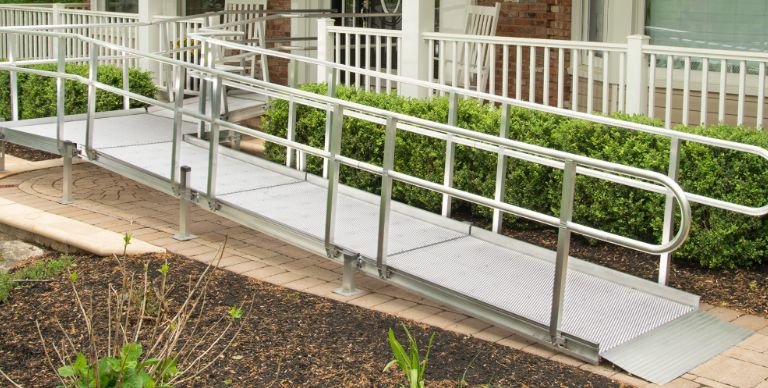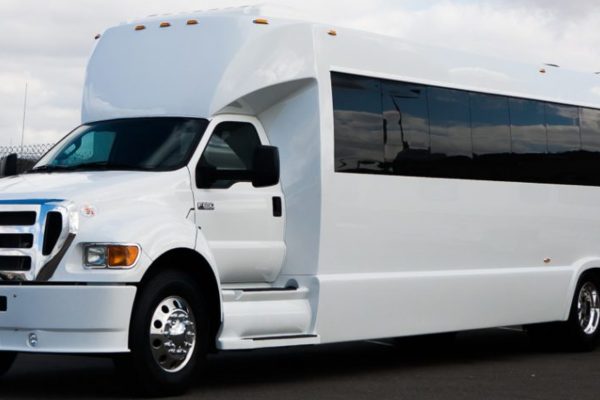People with fibromyalgia may have severe mobility difficulties. The victim may find it difficult to walk, stand up, lift, reach, and perform other typical physical movements. This almost always has a negative effect on the range of motion. As a result, doing something as simple as getting in and out of a house can be quite challenging. However, the built handicaps ramps help reduce the number of problems a person faces in this task. In this guide, you will learn how to build a ramp for people with fibromyalgia.
Slope
The first step in building a rampe handicapé is to determine the slope of the structure. The slope of the ramp is the angle of inclination of the surfaces of the structure. The slope will determine the design requirements of the project, the total amount of materials that will be required and their cost, and the effectiveness of the entire structure for a person with a disability with fibromyalgia. There are two main factors to consider when determining the slope. First, you will need to determine the allowance for entering the house. Second, you will need to determine the person’s overall range of motion. It is also important to determine how much space you have in length in order to determine the best slope when building a ramp for people with fibromyalgia.
Landings
When constructing a disabled ramp for a person with fibromyalgia disabilities, it is important to determine the type of landing that will be used on the platform. These are flat areas on the top, bottom and sides of the deck. Landing helps the user balance and performs certain types of tasks. Examples include being able to open a front door, move from lawn to house, and change direction when using a ramp.

Security features
Before you start building a ramp for people with fibromyalgia, it’s important to consider integrating security into the platform. There are many different characteristics that can help a person experiencing range of motion pain and complications resulting from fibromyalgia-related disabilities. Examples of these features include specially designed handrails, crutch stops, special decking to reduce the chance of slipping or falling, gutters to prevent puddles from forming on ramps when it rains, and raised shelters to keep out the weather. When determining which safety equipment to place on the ramp, it is important to consider the size of the victim, their strength and the degree of their disability in general.
Conclusion
Building a ramp for people with fibromyalgia is a productive step. This will not only help them move from the outside to the inside of the house, but it will also give them peace of mind. People who experience fibromyalgia symptoms face many different complications and problems. However, these people want to be as independent as possible. To help a loved one with a disability with fibromyalgia, building a disabled ramp is a productive step. It is relatively easy to assemble pieces of a deck, but it is important to follow the advice in this guide to learn how to do it. If you do so, you will find that building a disabled ramp is an easy task.





